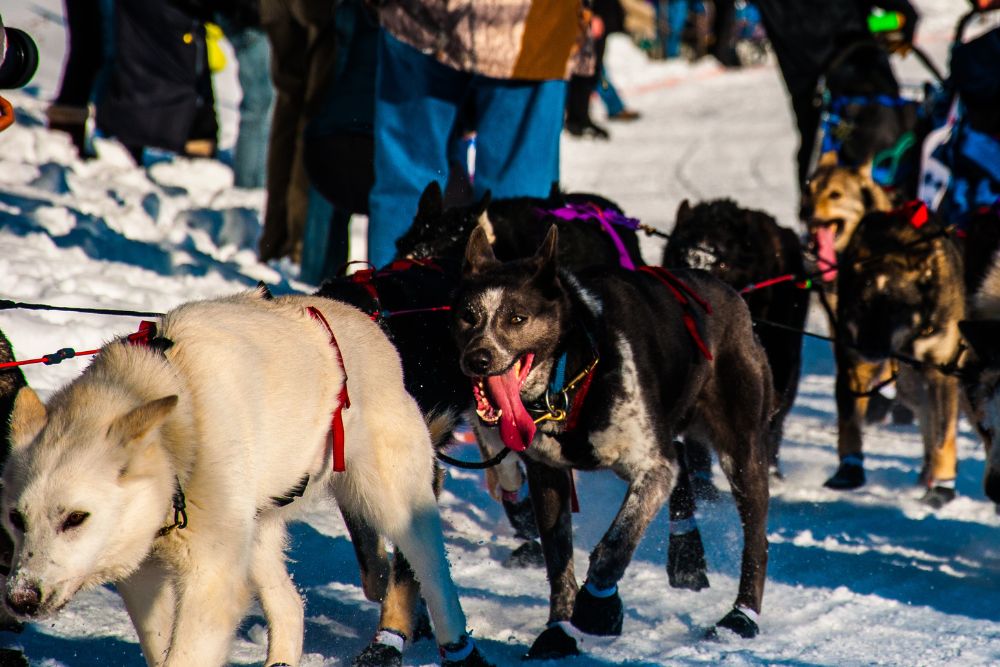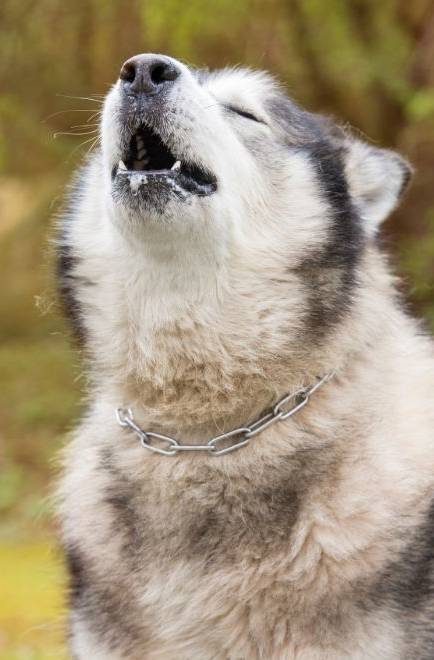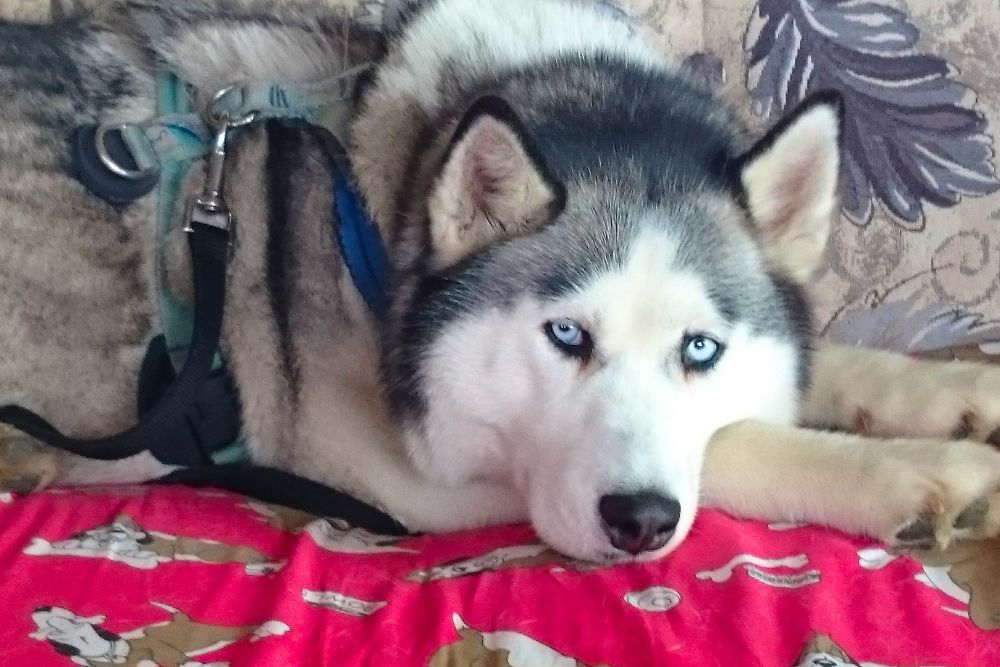Alaskan Husky: A Top-Ranked Working Dog Breed
Welcome to our comprehensive guide on the Alaskan Husky, one of the most remarkable working dog breeds known for its strength, endurance, and intelligence. In this article, we’ll delve deep into the history, characteristics, training, and care of these magnificent dogs. Whether you’re an experienced dog owner or a potential husky enthusiast, you’ll find valuable insights to ensure your Alaskan Husky thrives as a reliable companion and working partner.

Origin and History
The Alaskan Husky’s roots trace back to ancient times, where they were bred by indigenous Arctic tribes for their exceptional sledding abilities. These dogs were crucial for transportation, hunting, and even as loyal family companions. Over time, the breed evolved through natural selection and human intervention, resulting in the modern Alaskan Husky, perfectly adapted for demanding tasks in extreme cold climates.


Physical Characteristics
Coat and Color
The Alaskan Husky boasts a thick double coat that provides insulation in frigid temperatures. Their coat can come in various color combinations, including black, gray, red, and white. This diversity is a result of the breed’s selective breeding for performance rather than specific physical traits, making each Alaskan Husky unique and stunning.
Size and Build
Males typically stand between 21 to 24 inches (53 to 61 cm) at the shoulder, while females are slightly smaller, measuring 20 to 22 inches (51 to 56 cm). The breed exhibits a well-muscled, athletic build, reflecting their agility and strength.
Intelligence and Temperament
High Intelligence
Alaskan Huskies are renowned for their exceptional intelligence, enabling them to learn and execute commands quickly. Their sharp minds and problem-solving abilities make them valuable working dogs in various settings, from pulling sleds to search and rescue operations.
Energetic and Friendly
These working dogs have an abundance of energy, and they thrive on physical and mental challenges. They form strong bonds with their owners and families, displaying loyalty, affection, and a friendly disposition.

Training and Socialization
Early Training and Socialization
To bring out the best in your Alaskan Husky, early training and socialization are crucial. Starting training from a young age helps establish boundaries and manners, preventing behavioral issues down the road. Exposing them to different environments, people, and animals promotes their social skills, making them well-rounded and confident companions.
Positive Reinforcement
Alaskan Huskies respond exceptionally well to positive reinforcement techniques. Reward-based training methods, such as treats, praise, and play, motivate them to excel in their training endeavors. Harsh or punitive approaches can lead to fear-based behaviors, hindering their progress.
Working and Activities
Sled Pulling
The Alaskan Husky’s sled-pulling abilities are legendary. Their powerful bodies and endurance make them ideal for mushing in snowy terrains, providing invaluable assistance in transporting goods and people over long distances.
Agility and Obedience Trials
Beyond sled pulling, Alaskan Huskies excel in agility and obedience competitions. Their sharp minds and athletic prowess allow them to navigate obstacle courses with finesse and precision, impressing spectators and judges alike.


Grooming and Care
Coat Care
Regular grooming is essential to maintain the Alaskan Husky’s coat in prime condition. Weekly brushing helps remove loose fur and prevents matting. During shedding seasons, which occur twice a year, more frequent brushing is necessary to manage excessive shedding.
Physical Exercise
As highly active dogs, Alaskan Huskies require ample daily exercise to channel their energy positively. Engaging them in activities like running, hiking, or fetch ensures they remain physically and mentally stimulated, reducing the risk of behavioral issues.
Health Considerations
Common Health Issues
While Alaskan Huskies are generally robust dogs, they can be prone to certain health conditions, including hip dysplasia, eye issues, and hypothyroidism. Regular veterinary check-ups, a balanced diet, and sufficient exercise can help mitigate potential health risks.
Responsible Breeding
Responsible breeding practices are crucial to maintain the breed’s health and prevent genetic issues. Reputable breeders prioritize the health and well-being of their dogs, conducting health screenings and following ethical breeding standards.


Alaskan Husky as a Working Dog Breed
The Alaskan Husky stands as an extraordinary working dog breed, known for its intelligence, endurance, and friendly nature. Whether they’re pulling sleds through snow-laden landscapes or participating in agility competitions, Alaskan Huskies are exceptional companions and partners.
If you’re considering welcoming an Alaskan Husky into your life, ensure you provide them with the appropriate training, socialization, and exercise they need to thrive. Remember, a well-cared-for and loved Alaskan Husky will undoubtedly reward you with boundless loyalty and affection.
So, embrace the spirit of adventure and companionship embodied by the Alaskan Husky, and experience the joy of having an extraordinary working dog by your side.